An aging hot rod
Is there still a place for legacy twins?
“The world has decided that turbine airplanes really don’t need two engines,” said AOPA President and CEO Mark Baker, a contrarian who recently bought the 1980 F90 that appears in this story. “Twin turboprops like this one are widely considered obsolete.”
Successful turboprop singles such as the Cessna Caravan, Pilatus PC–12, Piper M600, Quest Kodiak, and the entire Daher TBM line have proven that point. A broad consensus among individual owners, corporate flight departments, and charter firms has helped create a glut of worn, threadbare, 30- and 40-something twins.
The economic logic for this turnabout is obvious. Single-engine turboprops have lower operating costs—and that’s especially true when comparing new singles to old twins. In most cases, singles win in performance, too. They’re so much more aerodynamically efficient that they can fly higher, faster, farther, and burn less fuel. New singles have better dispatch reliability, and modern avionics give them a major boost in the marketplace. And safety technology such as Garmin’s Autoland system (now available on the Piper M600) will likely widen the gap even more.
For those willing to go against the flow, however, the oversupply of twin turboprops creates some irresistible bargains. Especially if, like Baker, you’re drawn to these airplanes for emotional, aesthetic, or other reasons. “To me, the F90 has always been the hot rod of the King Air fleet,” he said. “Their owners rave about them. Plus, I fly over water regularly, and in that situation there’s no substitute for a second engine. It’s better than a parachute.”
Baker recognizes the indisputable fact that twins have higher operating costs, but that doesn’t tell the whole story. The purchase price of the F90 was about half as much as the single-engine turboprop (a TBM 700) he sold to buy it. For owners of airplanes that fly less than a few hundred hours annually, that delta is gigantic.
“Twins are at a disadvantage in terms of operating costs,” Baker said. “But sometimes that difference is less than you’d think.”
Avionics museum
N184MB hasn’t had an easy life since leaving the factory in Wichita, Kansas, during the last full year of the Carter administration. The airplane was built at the start of the F90’s abbreviated six-year production run, which ended in 1985 after just 235 had been produced.
N184MB flew for a variety of corporate owners while accumulating more than 5,200 flight hours on its original 750-horsepower Pratt & Whitney PT6A-135 engines—but the airplane’s work wasn’t glamorous. In recent years, it was owned and operated by a company that shuttled diesel mechanics servicing far-flung rigs, and the cabin reeked of oil and diesel fumes. The odor was so strong that a fellow pilot traveling with Baker on a ferry flight became nauseated and strapped on an oxygen mask for much of the trip.
The tattered interior didn’t trouble Baker, however, because he knew it was going to be removed. The interior was replaced with leather seats, new carpets, and new headliners. Even the old cabinets were pulled out. Those changes lightened the airplane by 100 pounds and the owner’s bank account by $70,000.
The instrument panel had already been modernized. A Garmin G600 primary flight display/multifunction display is the centerpiece, and analog flight instruments were demoted to backup status or removed entirely. A Garmin GTN 750 has top billing as the number-one nav/com, and a GNS 430W serves as number two.
The panel is a digital/analog mashup, and Baker said he plans to improve it in stages. A digital autopilot is at the top of his wish list, although he has a soft spot for the airplane’s original Sperry model. “My dad worked as a Sperry engineer for many years, and the autopilot still works just fine,” he said.
The only recent airframe modification was the addition of dual aft body strakes from Raisbeck Engineering to reduce side-to-side Dutch roll. The new strakes are standard on new King Air 350 and C90GTx models—and adding them to the F90 cost $35,000 for the kit, installation, and paint.
“The strakes reduced Dutch roll,” Baker said of the uncommanded side-to-side fishtailing that sometimes occurs at cruise, especially in turbulence. “But there’s still more to do in that area. I’m hoping a new, digital autopilot with a quicker yaw damper servo solves the problem.”
Reverse thrust
I recently accompanied Baker on a flight from Maryland to central Florida, and the three-hour trip was my first in the left seat of an F90. With four adults, baggage, and about 2,200 pounds (328 gallons) of fuel, the airplane was near its maximum gross weight (10,950 pounds) at takeoff. Our flight plan called for a relatively low cruise altitude of 20,000 feet because of a forecast for strong headwinds. For maximum efficiency, Baker typically flies at 27,000 feet in the non-RVSM airplane on long trips.
Takeoff acceleration was moderate despite the fact that I was slow to advance the power levers to their full takeoff torque. The airplane reached its rotation speed in about 14 seconds and was off the ground in about 1,700 feet on a cool morning (40 degrees Fahrenheit) with an assist from a quartering 10-knot headwind.
Once airborne, the King Air’s superlative handling qualities allow the pilot to fly with smoothness and precision—and the G600’s flight director made hand-flying particularly accurate and enjoyable.
I engaged the autopilot at 9,000 feet and climbed incrementally to comply with ATC instructions. Light rain became rime ice at about 14,000 feet and vacuum-driven deice boots on the leading edges of the wings and tail kept the ice from accumulating.
Clear skies at 20,000 feet allowed us to turn off the boots, and reducing propeller rpm to 1,800 (from 1,900) resulted in a cruise speed of 245 KTAS while consuming 520 pounds (78 gallons) of fuel per hour. The cabin altitude was 6,000 feet (and it typically reaches 10,000 feet when the airplane is at 27,000).
Our descent began about 60 nautical miles from Orlando Sanford International Airport (SFB), and we were vectored to a 5-mile final for Runway 9 Right. With landing gear down and full flaps, I targeted 105 KIAS on short final, then wiped off the power about 20 feet agl and touched down on the 1,000-foot fixed-distance markers. Deceleration is rapid at idle power. Even with full aft yoke and nose-up trim, the F90 touches down in a relatively flat attitude. Once on the ground, reverse thrust slows the airplane’s forward progress to about 30 knots in a jarring instant. Ground roll with light braking is about 1,500 feet.
“The ability to fly to remote, unimproved airstrips is the thing that sets this airplane apart,” Baker said. “It can take you on adventures that you wouldn’t even attempt in other turbine airplanes.”
Finding a market
Twenty years ago, the Beech Baron was the pinnacle of the owner-flown general aviation fleet, and the King Air was a mainstay in the corporate market—but big changes were imminent.
Pilatus had introduced its radical, single-engine PC–12 in the early 1990s—an airplane with King Air size, speed, and range but one engine. At the time, few King Air owners could imagine giving up the security blanket of a second engine. But an ever more powerful series of PT6A engines in an expanding list of successful airframes won the argument.
The F90 shows that the best of legacy twins still have a future—but only if they have a low acquisition price, a pathway to economical avionics upgrades, and ongoing manufacturer support. (Cheap fuel also helps.) Legacy airframes that have all those elements can survive, and even thrive, in niche markets. Those that don’t are likely to supply parts for the rest.
Email [email protected]

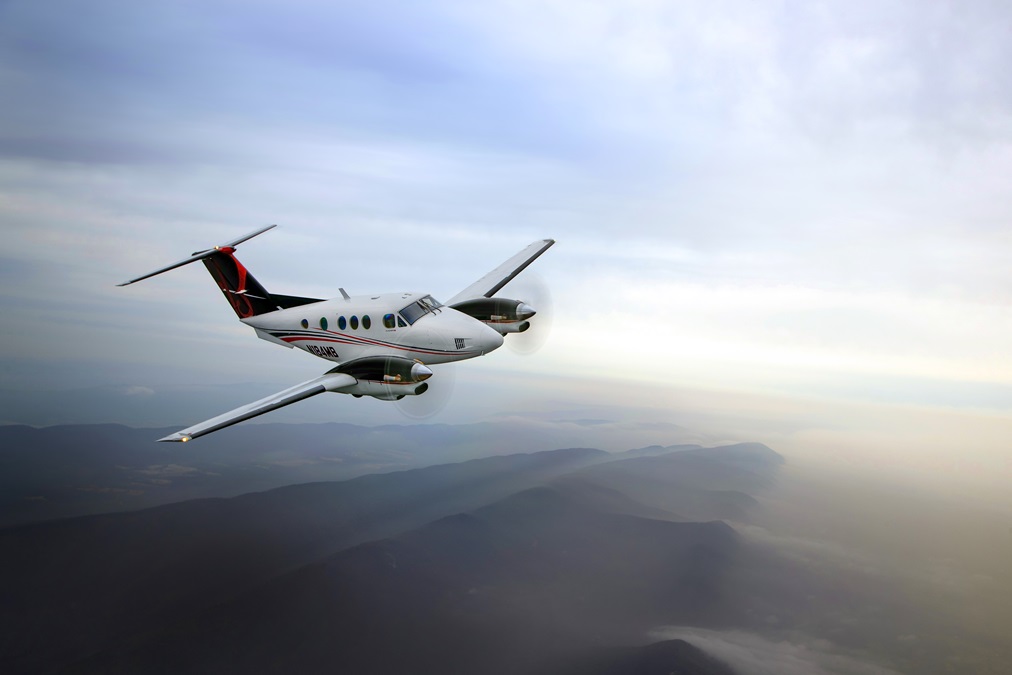
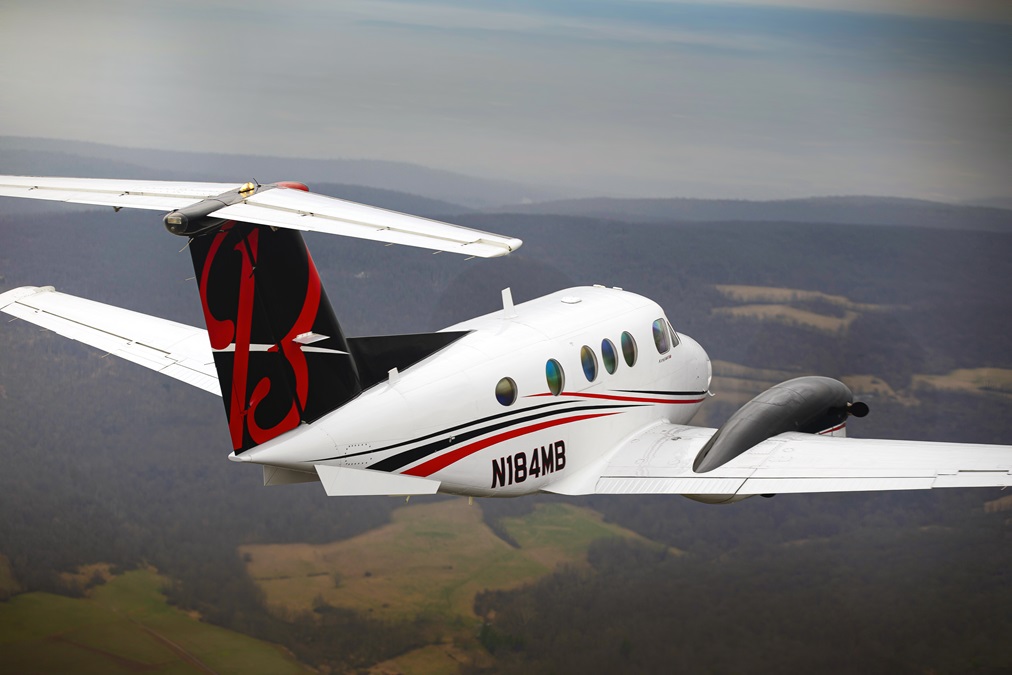
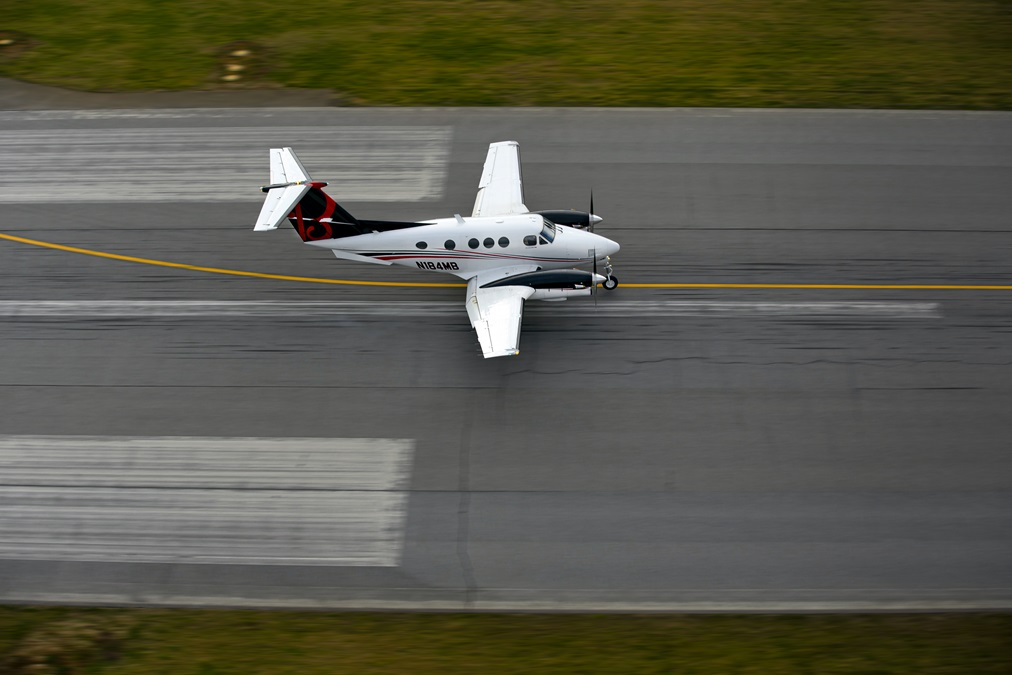
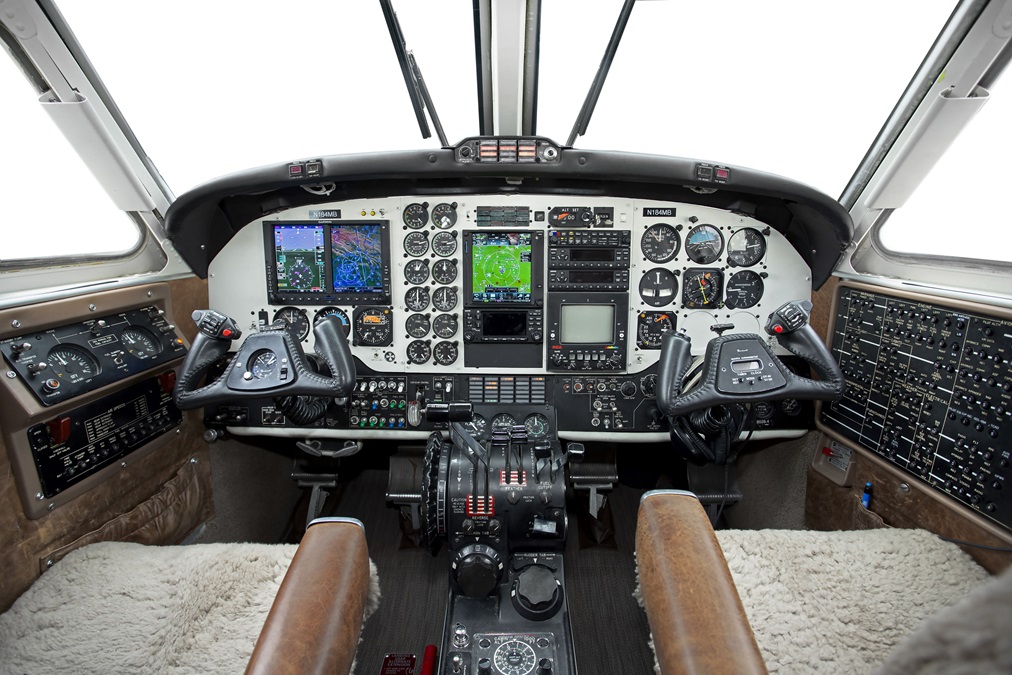
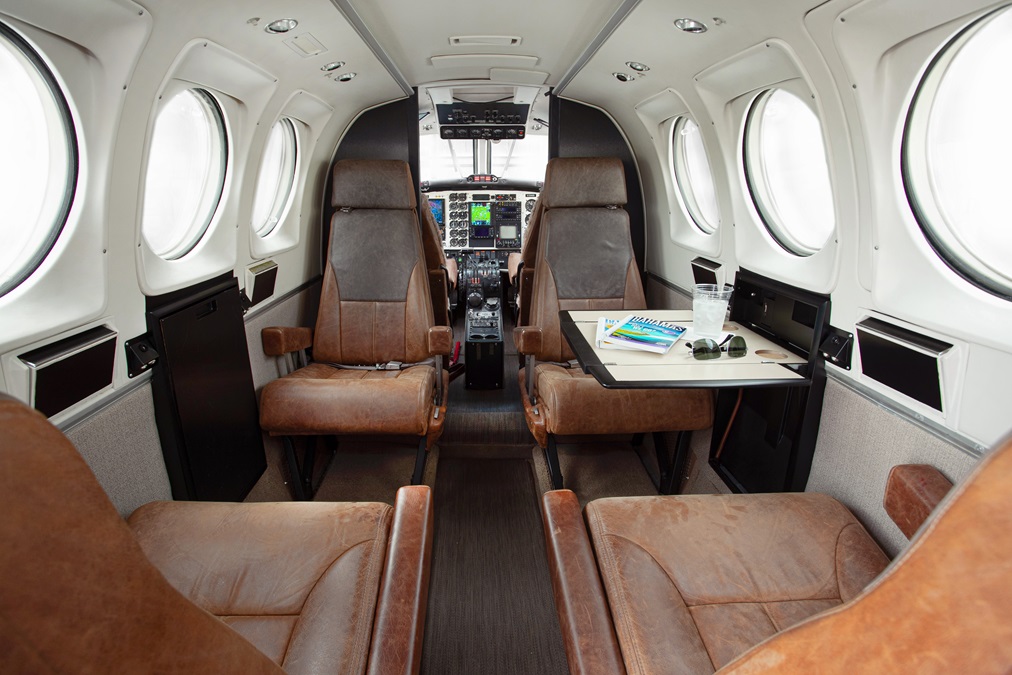
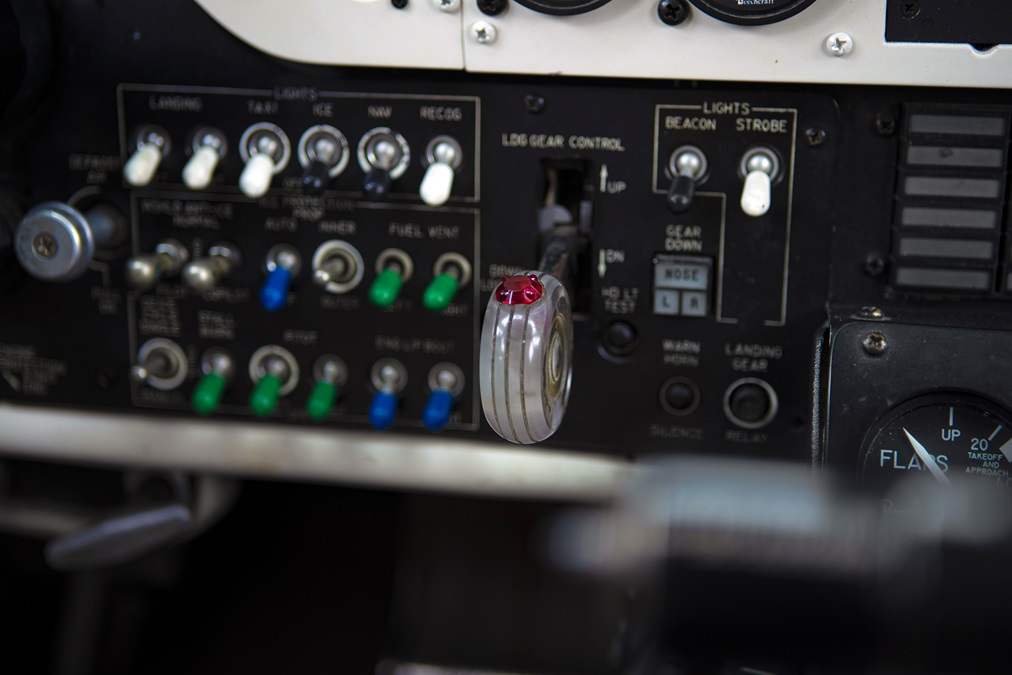

 To me, the F90 has always been the hot rod of the King Air fleet. Their owners rave about them. Plus, I fly over water regularly, and in that situation there’s no substitute for a second engine. It’s better than a parachute. —Mark Baker, AOPA President
To me, the F90 has always been the hot rod of the King Air fleet. Their owners rave about them. Plus, I fly over water regularly, and in that situation there’s no substitute for a second engine. It’s better than a parachute. —Mark Baker, AOPA President

